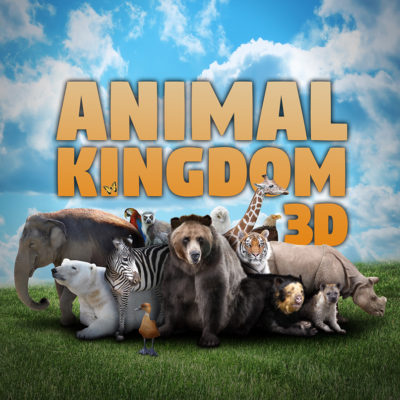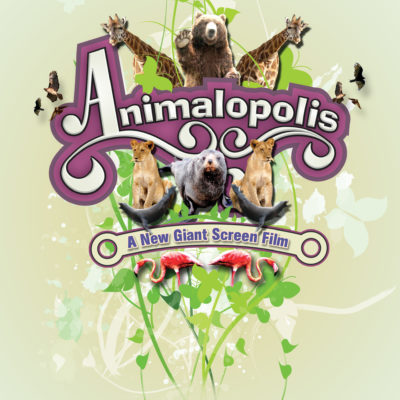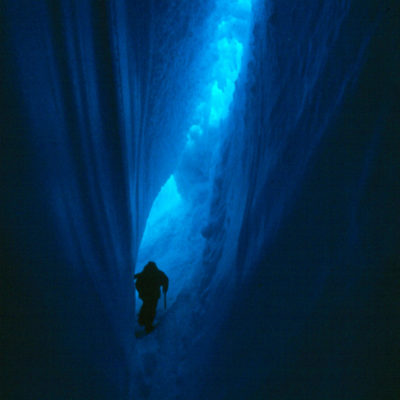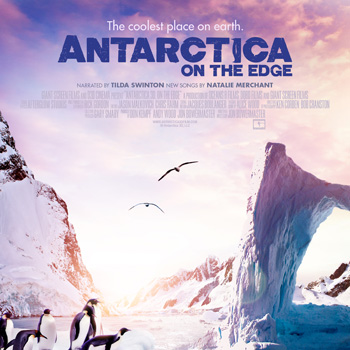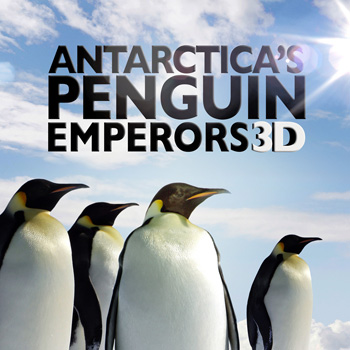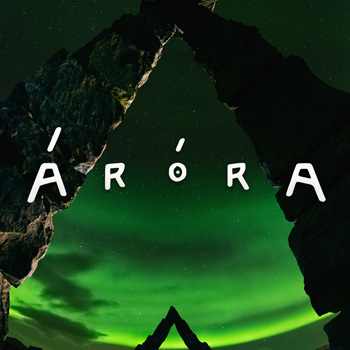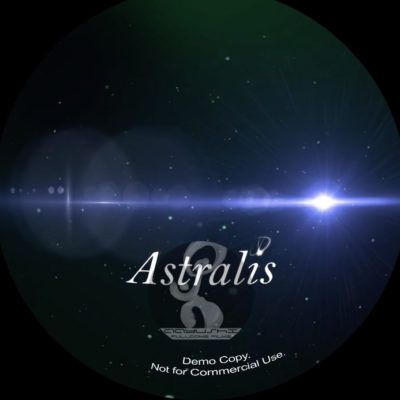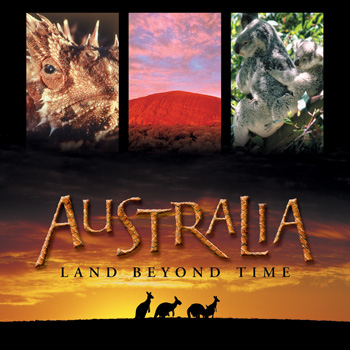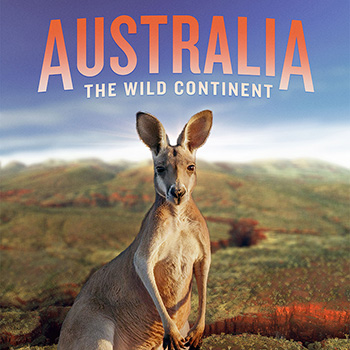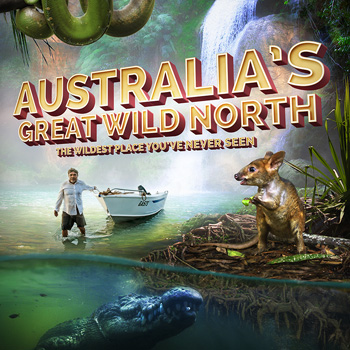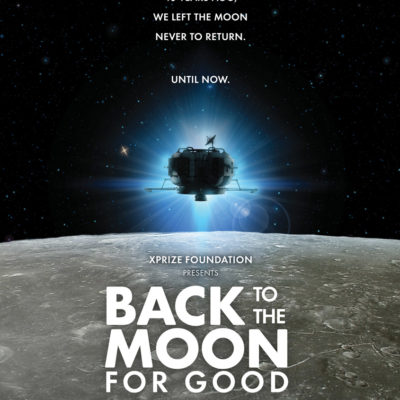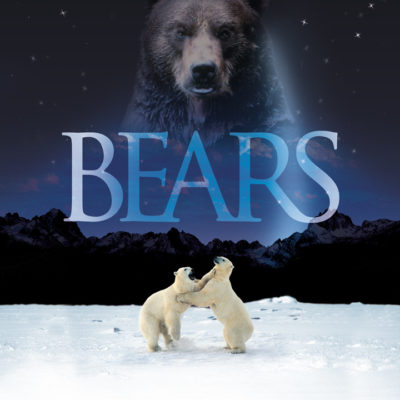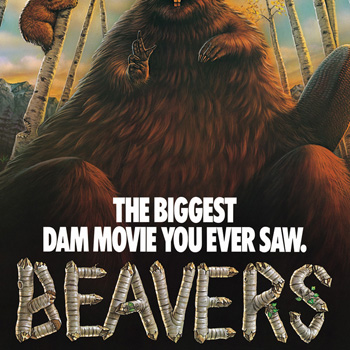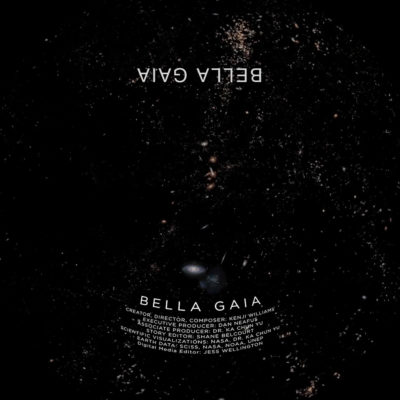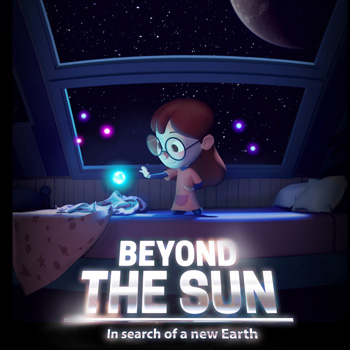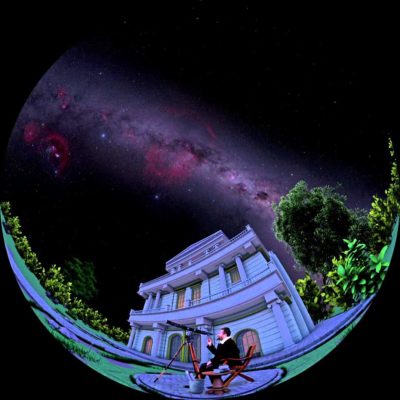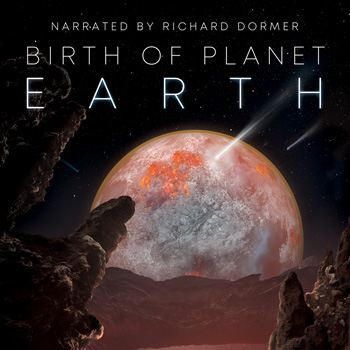

Animal Kingdom is a spectacular adventure where we meet the six fascinating families of the Animal Kingdom.
A fun and educational film that introduces junior and family audiences to the creatures that keep the planet ticking just as it should.
Take flight with the family of the birds who rule the skies. Get busy with the insects who work hard behind the scenes. Dive into oceans and coral reefs as we meet the family of the fish. Open your eyes to cold blooded world of the reptiles and amphibians. And get moving with the mammals as we meet the mightiest families in the Animal Kingdom.
Singing lions, bears that waltz, sea lions turning somersaults. Otters pray, flamingos squawk, a calf who’d rather dance than walk. Children will want to watch it again and again. Animalopolis — a giant-screen matinee film for a truly brand new audience. You’ll like it, too.
With twelve hilarious segments, each featuring a different animal, Animalopolis will stimulate children’s imaginations and curiosity about the creatures they’re seeing.
Antarctica is a unique 40 minute motion picture that portrays the history, science, delicate ecology and awesome beauty of Antarctica – the world’s southernmost continent. For the first time in history the mysterious icy expanse of the highest, driest, and coldest continent has been captured in the giant screen format. The film takes viewers to the home of penguins, seals, and the other exotic life forms and also focuses on the activities conducted at many scientific research stations established by countries from around the world.
Traveling to Antarctica from the tip of South America by sailboat and then along the Peninsula by sea kayak, foot, small plane, and dive gear, we will take a look at this one-of-a-kind place and bring back a unique perspective on our planet’s most remote land and sea and ice, and the incredible wildlife that call it home.
This family friendly film was shot on location in Antarctica, the southernmost region on the planet. The story follows a colony of Emperor Penguins as they emerge from the sea and begin their long march sixty miles inland during the cold winter. Presented in stunning 3D, this true-life tale will warm the hearts of audiences as they witness the hardships and sacrifices of these curious creatures in their fascinating triumph over the elements.
An immersive fulldome experience about the beauty of Auroras.
Take a journey across time and space to understand the science behind the phenomena and to experience the stories of our ancestors.
Guided by the lullaby of the Dawn Goddess, this cinematic adventure invites the audience to join the dance of these eerie lights over remote Icelandic landscapes.
For planetariums and digital dome theatres.
The show is about the life cycle of Stars. From the birth of star in a stellar nursery to its journey towards a black hole or supernova, Astralis explains these phenomena in a very easy narrative. With the eye catchy visuals and lovely music, the show works for all age groups including school audience.
In March 2015, a team from the Montreal Rio Tinto Alcan Planetarium travelled to Yellowknife in the Northwest Territories to spend many frigid nights filming no fewer than 179,000 images of the northern lights in 360°. The crew had the perfect conditions to observe these shimmering waves of light beneath a clear sky far from sources of light pollution. In these northern regions, aurorae borealis are visible 240 nights a year on average.
Australia: The Wild Continent carries its audience through the wildest and most beautiful landscapes in Australia in search of the hidden stories that make this continent unique. Discover flora and fauna that have evolved in splendid isolation, explore ancient landscapes sculpted by great geological forces, and learn what it means to care for Country from traditional custodians of the land. Each destination has its own unique story of formation and biological significance unlike any other place on earth.
Join us for an immersive journey across the Great Southern Land. Experience the grandeur of Australia’s unique landscapes and learn how this evolutionary ark has sustained its unique biology for 45 million years.
Far Northern Australia is a land of extremes. Huge bushfires ravage the ancient landscape in the dry season and the world’s biggest thunderstorms bring torrential rain and flooding in the wet season. These almost Jurassic conditions have created some of the richest wetlands on Earth.
The coast, rivers, and waterholes are haunted by sharks. The plains are guarded by territorial buffalo and venomous snakes but the apex predator here is a living dinosaur the salt water crocodile. They have been on the planet in almost identical form for 200 million years – even surviving the meteor strike that wiped out the rest of the dinosaurs.
Crocodiles are the ultimate predators. They attack with stealth, are extremely aggressive and can grow up to 7 meters in length. Up here, they have even been known to attack and pull fisherman out of boats.
This film will carry the viewers across the whole Top End of Australia, from the wild Kimberly coast through mysterious and rarely seen Arnhem Land and then deep into the world’s oldest rainforest in Cape York.
Come with us on an epic journey through some of the wildest landscapes on Earth as we take you deep into crocodile’s world. Australia’s Great Wild North will be shot in magnificent 8K for IMAX and other Giant Screen theaters. Specialized underwater camera rigs have been designed to get the audience closer than ever before to the most powerful jaws on Earth.
The show opens with the first era of space exploration in the late 1960s and early 1970s. We see what that era of landers and orbiters taught us about our nearest neighbor including the discovery of the Moon’s origin, composition, structure, and the accessibility of raw materials on its surface.
Most will never experience the exhilaration of seeing a half-ton-grizzly bear in the wild — but now people of all ages are daring to get closer than ever before to some of the largest predators on the planet.
From the safety of giant-screen theaters worldwide, of course.
From black bears in Montana to polar bears in the arctic, the National Wildlife Federation’s fourth giant-screen film, Bears, features a fresh view of these powerful, majestic and often misunderstood animals in the full glory of their natural habitat, and highlights the universal threats to bear populations.
Scientific research suggests that our neurochemistry opens the door to cognitive learning through emotional and right-brain engagement, and without creating this deeper, memorable experience, the human brain does not learn. Humans absorb what they feel not what they are taught, and this is what drives action. After one Bella Gaia show, NASA funded survey results show a 90% conversion rate in audiences reporting a greater understanding of our earth, and a more than doubling in the response of people who feel a more personal relationship with the Earth in their personal lives (31% -> 64%).
Bella Gaia captures the Overview Effect*, using satellite imagery of Earth, time lapses, cultural heritage footage, NASA data visualizations, dance, and an award-winning customized musical score to present a spectacular journey around the planet that illuminates the connections between natural systems and human activities through an immersive storytelling method threaded by an orbiting flight path from the International Space Station.
Bella Gaia transforms complex scientific data into an accessible audio-visual experience to expand public understanding of global challenges we face and inspire audiences to act as stewards for our shared resources.
A “Living Atlas” journey of our planet, Bella Gaia creates a direct experience and connection with the creative forces of Earth. Bella Gaia‘s powerful methodology transcends politics or belief systems and has been proven so effective that astronauts say the experience is an accurate simulation of space flight, NASA funds Bella Gaia‘s education program on Earth Science & Environmental Responsibility, and climate change skeptics have been converted after seeing one show.
The Bella Gaia program offers customized solo or ensemble performances, often paired with online engagement activities and educational workshops to deepen cognitive learning. In live presentations to over 200,000 individuals of all ages worldwide, audience members report that the Bella Gaia experience leads to a significant change in their personal perspective of Earth and a better grasp of how humans impact it.
* “The Overview Effect: Space Exploration and Human Evolution,” Author: Frank White.
Celeste is fighting off sleep by reading a book on astronomy when, through her bedroom window, she receives a visit from MOON and his mischievous helpers.
Moon calls his helpers to order and then turns to Celeste to ask her if she likes to look at the sky. Celeste brags that she knows all the planets. The specks of light laugh and Moon clarifies to her that she knows all the planets that orbit one star, the Sun, but that there are many, many more stars in the universe.
“And those stars also have planets?,” asks Celeste. Exoplanets, corrects Moon, that is what we call the planets that orbit other stars. Would you like to explore them?
With the aid of his helpers, Moon leads Celeste on a journey through the universe to discover what an exoplanet is and how it can be detected. Together they observe rogue planets, oceanic worlds, and super-Earths. Moon tells her about exoplanet hunters, astrophysicists who, from different points on the planet, observe the sky in search of a planet like Earth.
A new Earth! Celeste is excited. Out there, says Moon, there may be a star like our Sun, and orbiting around it, at the same distance as the Earth, a planet that has oceans, jungles, and – who knows? – civilizations.
Celeste is ready to go look for it right away, but Moon reminds her that she needs to get some rest first. Before she falls asleep, Celeste asks Moon if he will come back to visit her again.
“Do you like whales?,” Moon asks the girl. “I love them!,” responds Celeste, and she drops off to sleep. Then we will see other again soon, promises Moon, before leaving with his helpers.
Birth of Planet Earth is a planetarium fulldome show that tells the twisted tale of our planet’s origins.
Scientists now believe that our galaxy is filled with solar systems, including up to a billion planets roughly the size of our own.
The film employs advanced, data-driven, cinematic-quality visualizations to explore some of the greatest questions in science today: How did Earth become a living planet in the wake of our solar system’s violent birth? What does its history tell us about our chances of finding other worlds that are truly Earth-like?
Produced by Spitz Creative Media, NCSA’s Advanced Visualization Lab, Thomas Lucas Productions, Inc., in association with Tellus Science Museum. This project has been made possible with support from the Commonwealth of Pennsylvania and the Greater Philadelphia Film Office; funded in part by the National Science Foundation.

